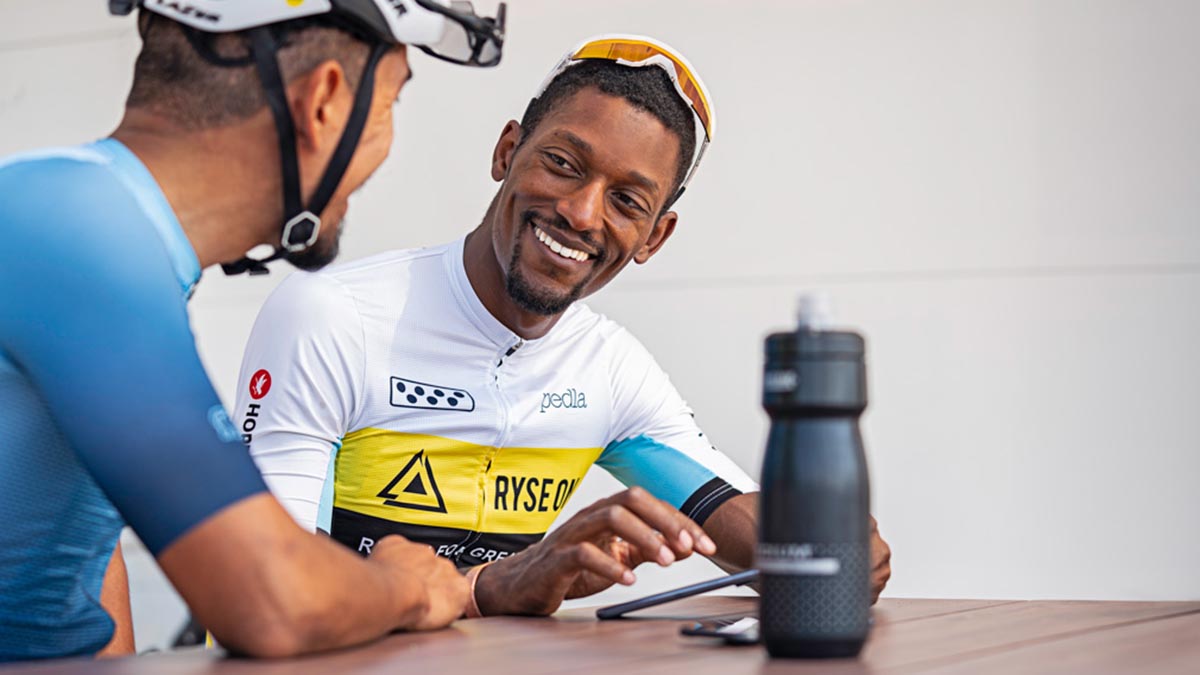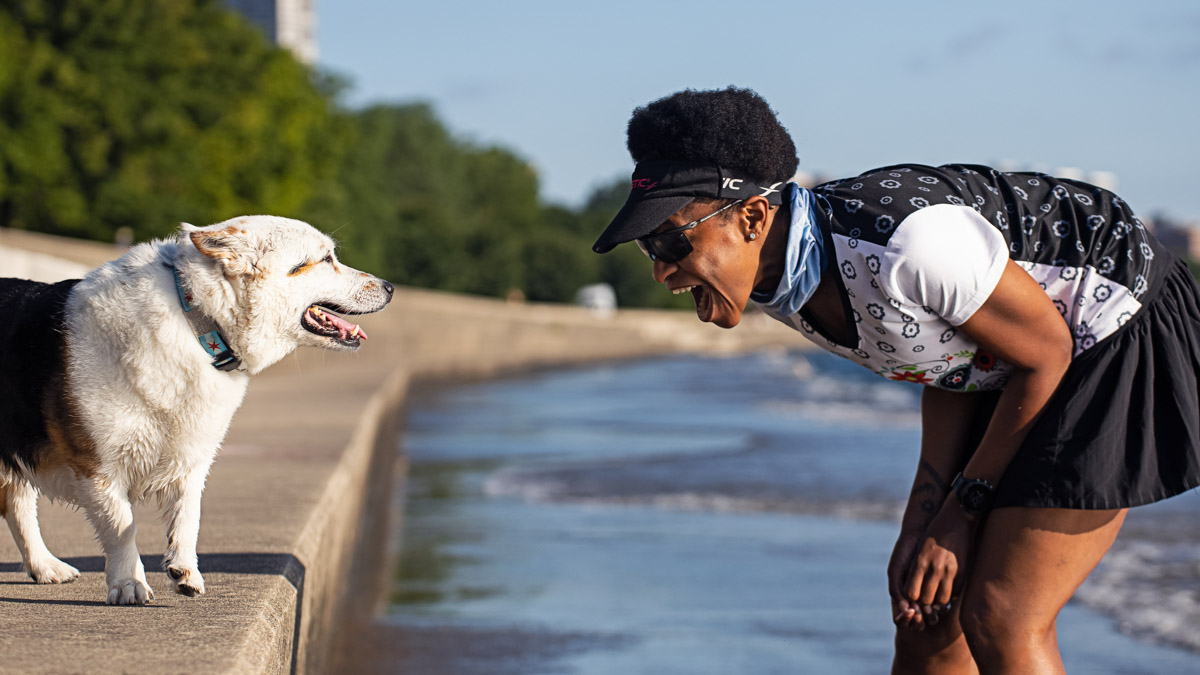Travel can be a stressful activity for triathletes. The Type A personality that pervades triathlon doesn’t mix well with work trips or vacations interrupting training routines. Triathletes often feel like they need to maintain their typical regimen throughout their travels, which can lead to needless anxiety and when on vacation, angry and exasperated spouses and children (understandably).
Fortunately, athletes don’t need to derail their training program when traveling, nor do they need to ruin their family vacation by having it revolve around swimming, cycling, and running.
Below are six principles that will enable triathletes to continue to advance their fitness while minimizing stress and maximizing the amount of time they are present to enjoy their travels.
Embrace the run
To foster consistent training, the path of least resistance is often best. Running is among the most convenient forms of exercise, requiring nothing but a pair of running shoes. Assuming the trip is only a few days, it makes sense to use it as an opportunity to execute a small run block of training. This simplifies travel logistics while still allowing for worthwhile fitness gains.
This doesn’t mean that athletes should ignore cycling or swim training if a hotel bike and YMCA pool are conveniently located and accessible. However, it’s important to consider that the ease with which one can complete a running workout means that athletes are much more likely to complete scheduled runs than other workouts when traveling. Since the overarching goal is consistency, it makes sense to prioritize the run first.
Schedule cycling or swimming on either side of the vacation
In the spirit of the first principle, since most athletes will swim and ride less while traveling, they should sandwich their trip with a key swim and cycling workouts. Athletes should emphasize load across these two disciplines directly before and after the trip. This ensures they maintain swim and cycling fitness and can utilize their time away from home to focus on the run with less anxiety around lost cross-discipline stimulus.
Time it so that the travel falls during a transition or recovery week
If athletes know they will be traveling a certain week and will have difficulty executing workouts as prescribed, coaches should time their transition and recovery weeks to coincide with the trip. Since recovery weeks generally entail lower overall volume, athletes will feel less uneasy if they miss or shorten workouts. Since transition weeks are usually preceded by high-load weeks, the extra “forced” recovery that a vacation or business trip provides may be beneficial.
Consider a higher-intensity block
When athletes are looking to maximize the benefit of a workout in the shortest amount of time possible, they have to go hard. If it fits the training plan, executing a lower-volume, high-intensity training block while traveling could make sense for athletes looking to maximize fitness gains while minimizing time commitments. This could mean doing 800-meter repeats on the boardwalk, or VO2 intervals on the hotel gym bike before the kids wake up or between client meetings. Saving the key endurance sessions for when athletes return home and prioritizing shorter, key intensity sessions while traveling ensures that athletes continue to gain fitness (and don’t spend their whole trip in spandex or gym clothes).
Prioritize a few key workouts (and make them count)
For some, it’s simply not feasible to train each day while traveling. Identifying key, high-density sessions that advance fitness is the best approach for these individuals while traveling. Rather than obsessing over carving out time each day, it may be smarter for certain athletes to identify a few time slots over their travel period and aim to make the most of them. This is especially useful for athletes who tend to skip a workout entirely if they aren’t able to execute it exactly as prescribed due to time constraints.
Make training part of the vacation
A wonderful alternative to minimizing the amount of time spent exercising while on vacation is to integrate training into the trip itself. The best way to do this is to combine sightseeing with exercise. For example, rent a bike and explore the city or countryside, go for a run on a scenic trail, or explore nature and find a nearby lake to swim in. If you’re smart about it, training can be one of the most enjoyable parts of traveling.
Although triathlon training and travel do not seem to mix well, the two can be carried out in harmony so long as athletes plan ahead. By adhering to the above principles, it’s possible to integrate training seamlessly into vacations or business trips without generating undue anxiety or losing fitness.









